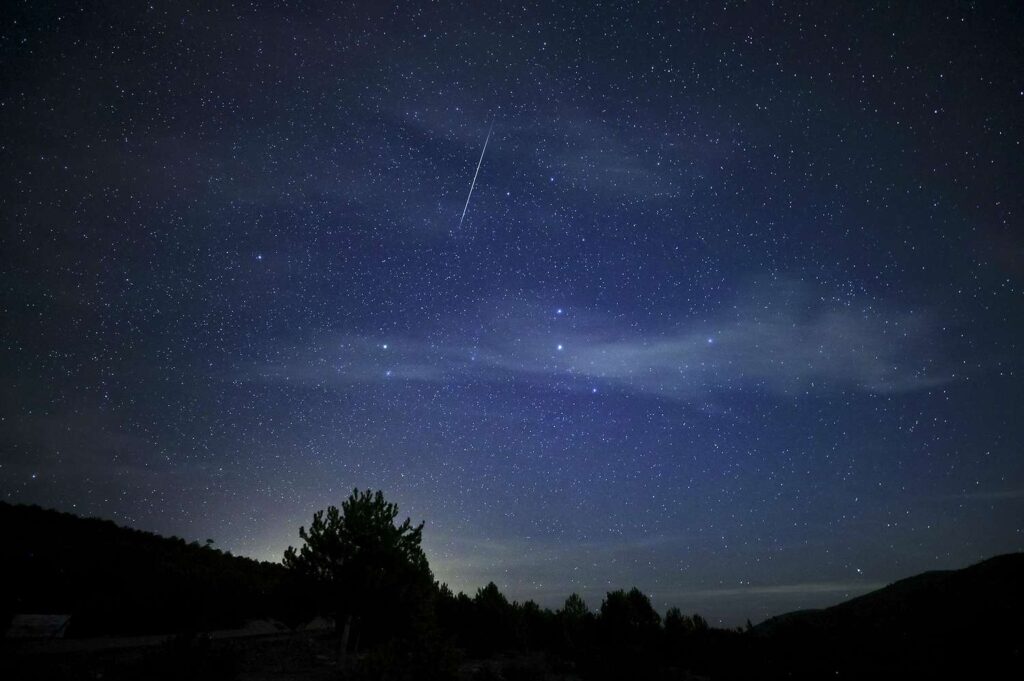:max_bytes(150000):strip_icc():format(jpeg)/TAL-quadrantid-meteor-shower-QUADRNTDSHWR0125-3a75a612ed76471eb605f8623c73ed80.jpg)
Stargazing is off to a good start in 2025.
In the early hours of Friday morning, the Quadrantid meteor shower is predicted to peak. Unlike more prolonged meteor showers, whose peaks often last a full night, the Quadrantids are known for their short yet intense peak, which lasts just a few hours. Under ideal conditions, observers can see up to 120 meteors per hour, according to the American Meteor Society.
Here’s everything you need to know.
What Are the Quadrantids?
The Quadrantids are a meteor shower named after a now-obsolete constellation, Quadrans Muralis, which was once part of the night sky near the present-day constellations of Boötes and Draco. (Meteor showers are typically named after their radiant point, or the place in the night sky from which they appear to emanate.) But the meteors don’t actually come from this constellation. Instead, they originate from a small asteroid or an “extinct” comet known as 2003 EH1, per Space.com. As Earth passes through the debris trail left by this celestial body, tiny particles enter our atmosphere at high speeds, burning up and creating bright streaks of light known as meteors or shooting stars.
When Are the Quadrantids?
The Quadrantid meteor shower occurs annually between late December and early January. For Friday’s peak, maximum activity is predicted to occur at 1500 GMT, or 10 a.m. EST/7 a.m. PST.
Since the sun will have already risen on the East Coast at that time, West Coasters will likely get the better show. In the pre-dawn hours, east coast rates might be closer to 20 to 40 meteors per hour, where they might reach 60 to 120 meteors per hour on the west coast.
On the plus side, the moon will have set well before the Quadrantids peak, so its light won’t interfere with the show, per EarthSky.org.
How Can I See the Quadrantids?
To view the Quadrantid meteor shower, you need clear skies. So, check the weather forecast, and if it’s not cloudy, you’ll want to get away from light pollution. While the Quadrantids might appear to emanate from the former Quadrans Muralis constellation, they can appear anywhere across the sky.
When Is the Next Meteor Shower?
After the Quadrantids, the next major meteor shower is the Lyrids, which occur each year in April. They are expected to peak in April according to the American Meteor Society. While the Lyrids typically produce fewer meteors than the Quadrantids, they are still a worthwhile event for stargazers, often featuring the occasional fireball.
Premium IPTV Experience with line4k
Experience the ultimate entertainment with our premium IPTV service. Watch your favorite channels, movies, and sports events in stunning 4K quality. Enjoy seamless streaming with zero buffering and access to over 10,000+ channels worldwide.

















